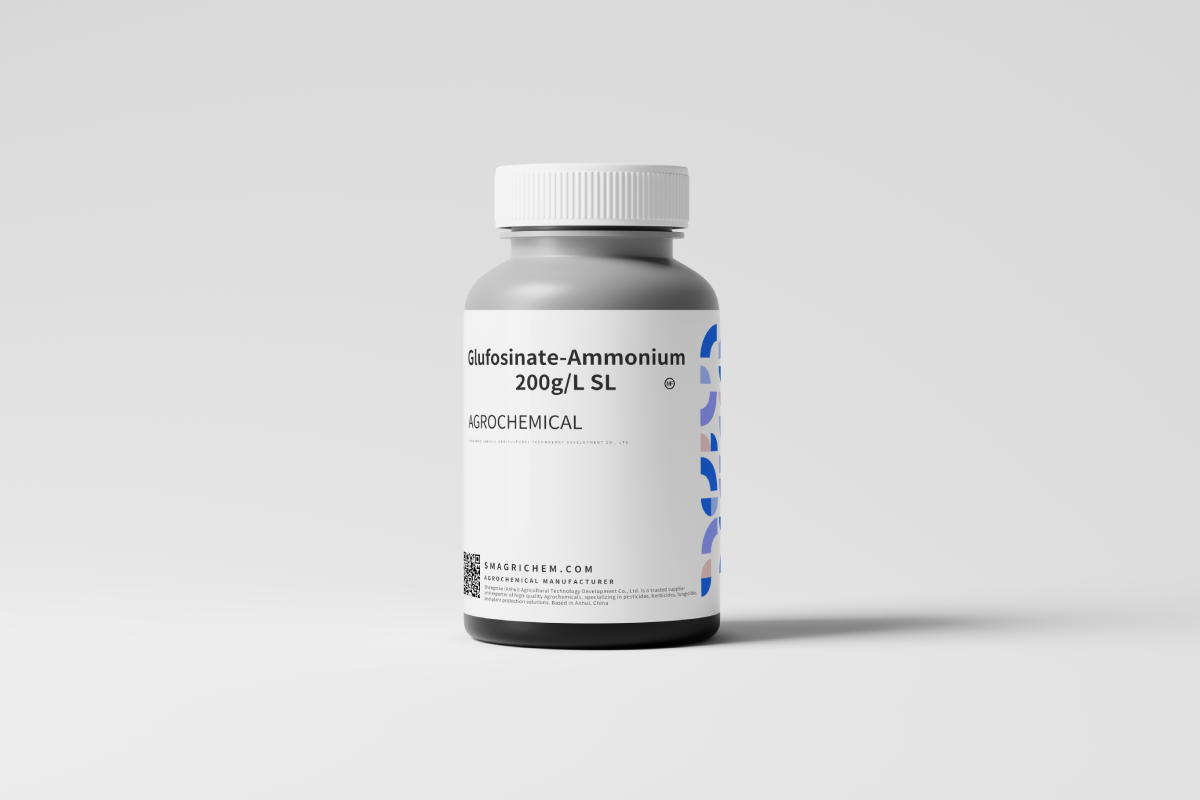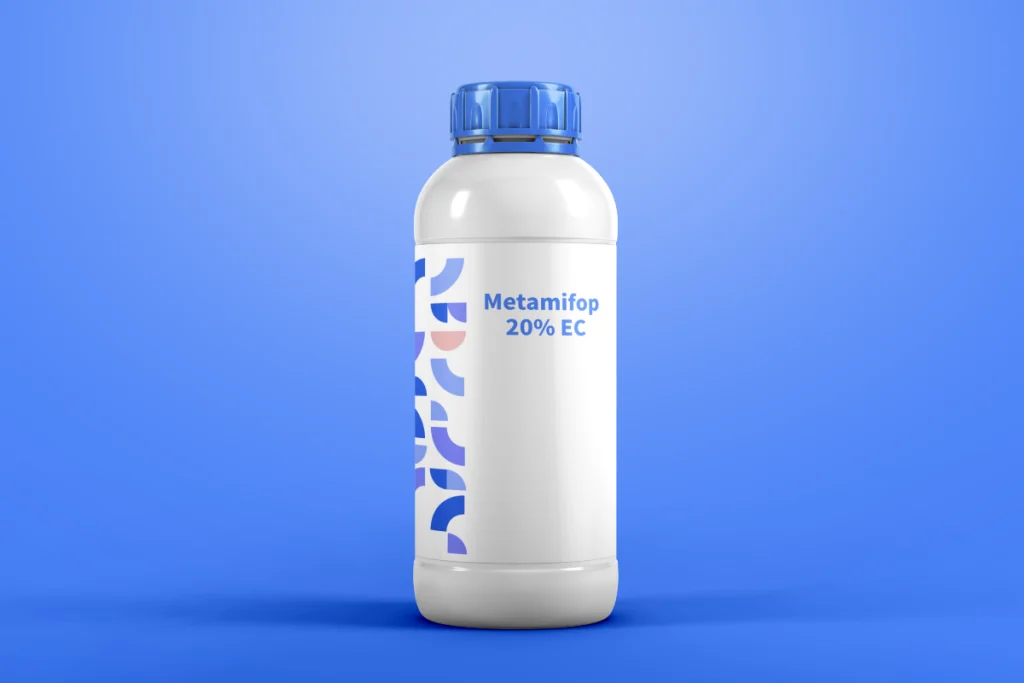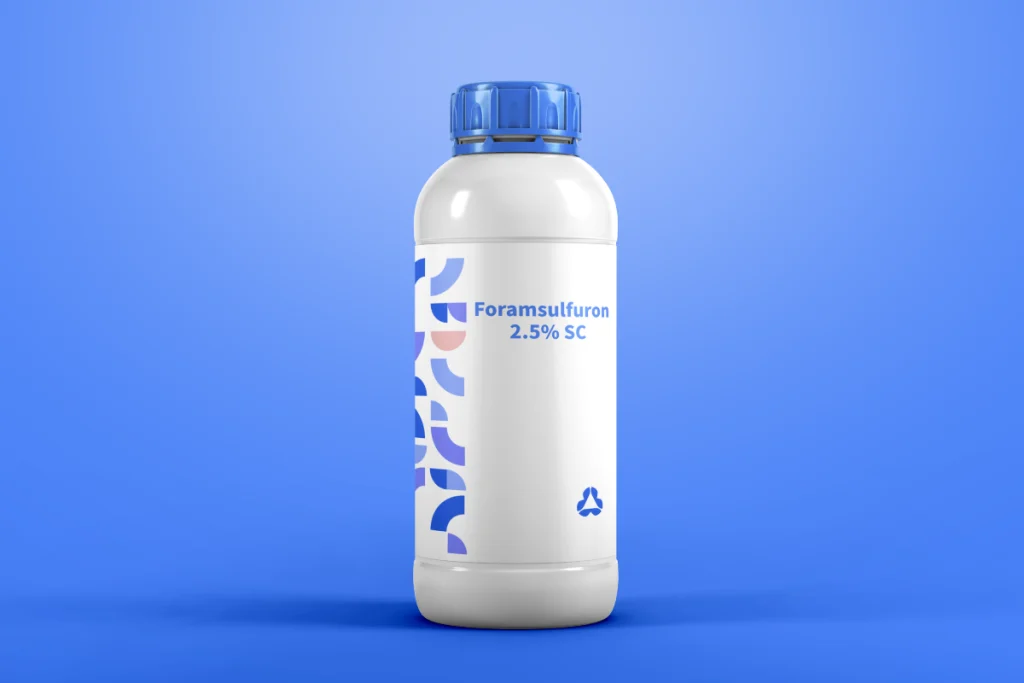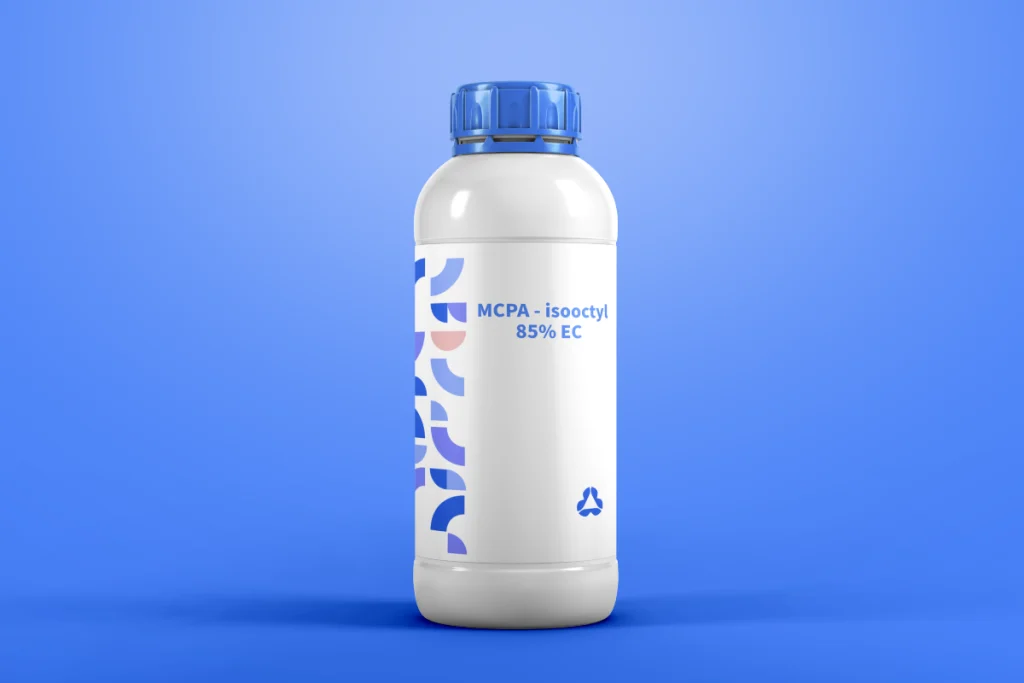Glufosinate-Ammonium Herbicide is a fast-acting, non-selective post-emergence herbicide designed to control a broad spectrum of annual and perennial weeds—including glyphosate-resistant species. Engineered for commercial agriculture, plantation management, and vegetation control in non-cultivated areas, this contact herbicide delivers rapid weed burndown with lasting residual activity.
Key Highlights:
- Kills tough weeds (including glyphosate-resistant pigweed, marestail, etc.)
- Visible results in 1–2 days
- Residual control for up to 45 days
- Low resistance risk (Group 10 mode of action)
- Rainfast within 4 hours




